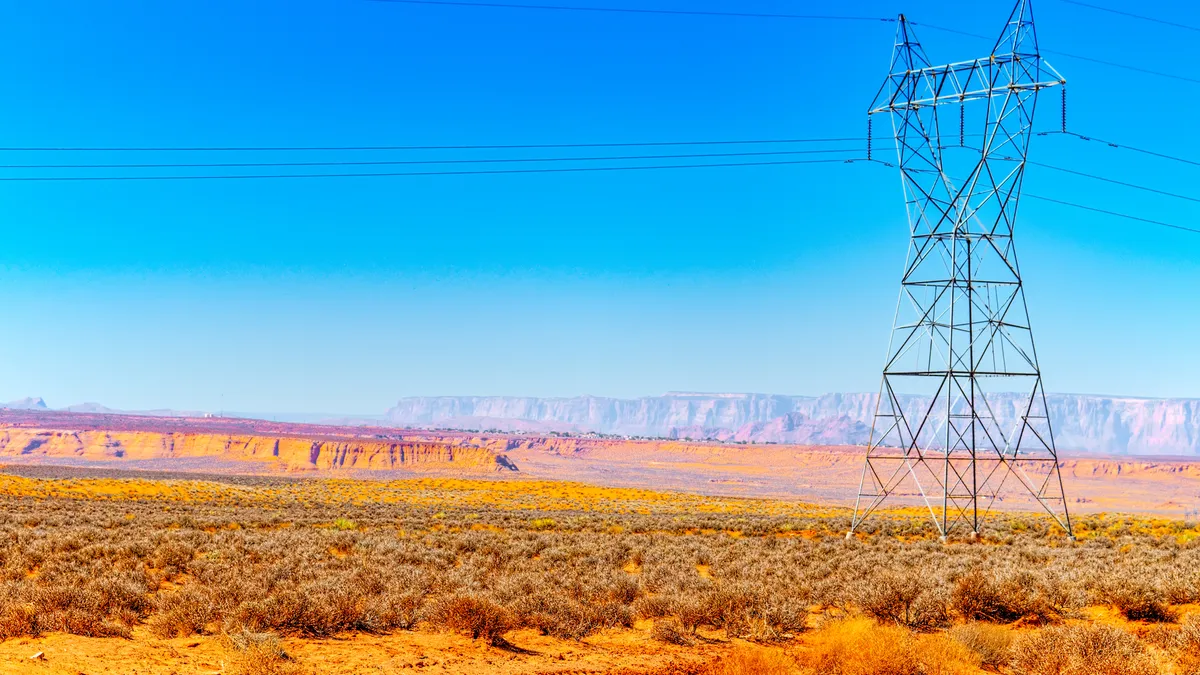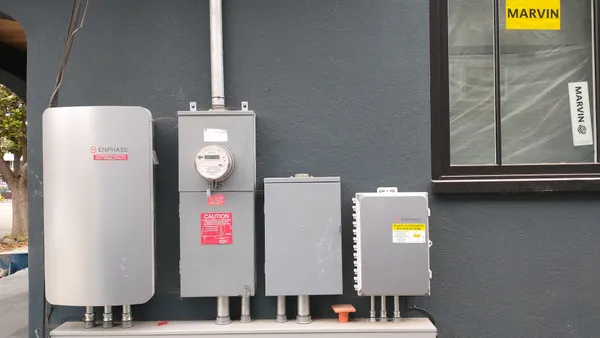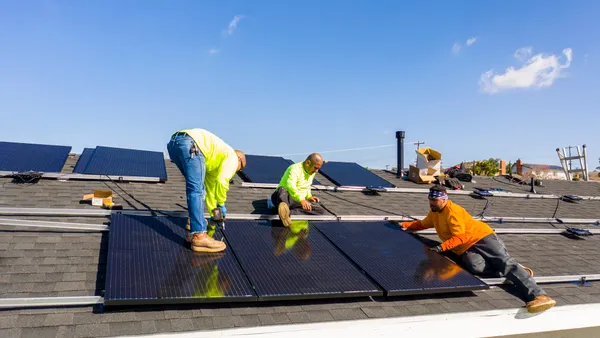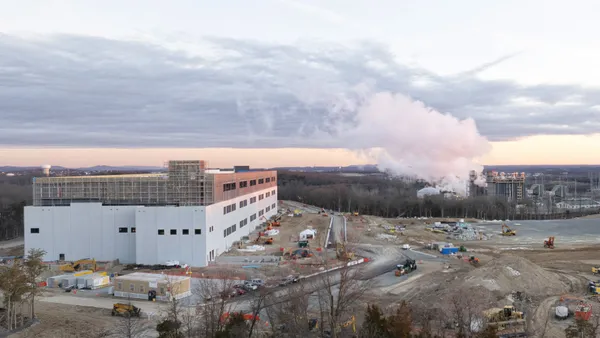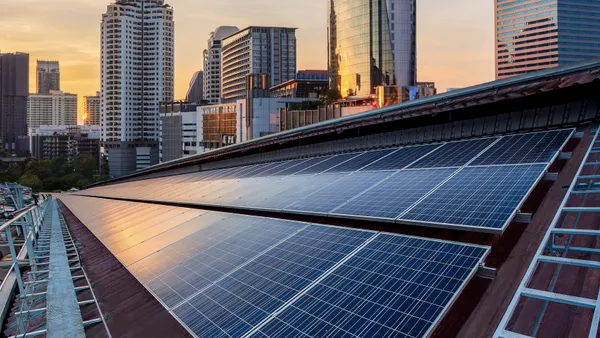Dive Brief:
- Batteries imported from China face tariff levies of nearly 150% if all trade actions now under consideration by the U.S. Congress and executive branch come to pass, Clean Energy Associates said Monday.
- As a result, U.S. prices for 5-MWh lithium-ion battery systems made in China could rise by 8% from 2023 to 2028, despite a substantial expected decline in lithium carbonate prices over the same period, the London-based consultancy said in its Q4 2024 battery energy storage system price forecasting report. The report examined pricing trends for various lithium-ion chemistries, including LFP and nickel-manganese-cobalt, or NMC.
- Alternative supplies of the lithium-iron-phosphate systems preferred by energy storage buyers will slowly come online from 2025 to 2027 as U.S., Southeast Asian and Korean manufacturers add capacity, but those batteries will likely remain more expensive than Chinese LFP systems “with the possible exception of systems built in Southeast Asia,” CEA said.
Dive Insight:
The United States government is contemplating or pursuing at least four separate trade actions against Chinese battery energy storage system manufacturers.
In September, the outgoing administration of President Joe Biden finalized a proposal to increase the Section 301 import duty on Chinese-made lithium-ion batteries from 7.5% to 25%, beginning on Jan. 1, 2026. The incoming administration of President-elect Donald Trump has proposed further increasing the duty as high as 60%, CEA said.
Trump has also proposed levying Section 232 tariffs, which are typically used to protect industries deemed critical to national defense, on a wide range of imported industrial materials and products, including lithium-ion batteries. Doing so would add another 25% levy on imported Chinese batteries, CEA said.
In November, Michigan Rep. John Moolenaar, R, introduced legislation to revoke China’s permanent normal trade relations status, saying it “has taken advantage of our markets and betrayed the hopes of freedom and fair competition.” The bill would impose a universal minimum tariff of 35% on Chinese imports, including energy storage systems and components. Three Republican U.S. senators have introduced companion legislation in their chamber, Moolenaar said in a statement.
And on Jan. 8, the U.S. Department of Commerce initiated anti-dumping and countervailing duties investigations of Chinese anode active materials in response to a complaint brought by a consortium of U.S. producers. Those investigations could result in final determinations later this year, Commerce said.
A “range of potential outcomes” could occur as a result of these four actions, and “it is unlikely that all of these tariffs will be levied simultaneously,” CEA said. For example, the Trump administration may decide to leave the Section 301 tariff at the level set by the Biden administration, while the effort to revoke China’s PNTR status “has a good chance of being stopped in the Senate,” CEA said.
Still, with few short-term alternatives to Chinese suppliers, the trade actions look likely to increase the prices U.S. buyers pay for imported lithium-ion batteries, CEA said. That’s despite a 69% fall in the lithium carbonate price from 2023 to 2024 and expectations for flat to slightly rising lithium carbonate pricing through 2028.
“Thanks to limited ex-China supply and limited appetite by integrators and developers for [nickel manganese cobalt] and [nickel cobalt aluminum] batteries, tariff-inclusive Chinese import prices are likely to set the marginal price of BESS for at least the next two years,” CEA said.
Pricing for non-lithium raw materials such as steel, copper and synthetic graphite are expected to see minimal change in the near term, CEA said. Elsewhere in the battery supply chain, rising battery and energy management software costs could counteract downward price pressure from falling labor costs in China and shrinking manufacturer profit margins, CEA said.






